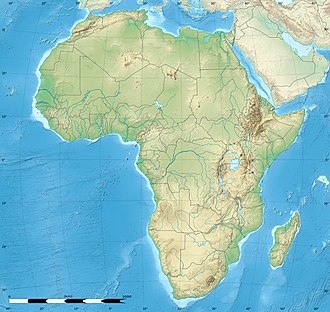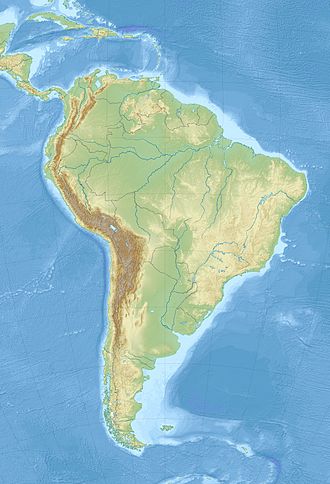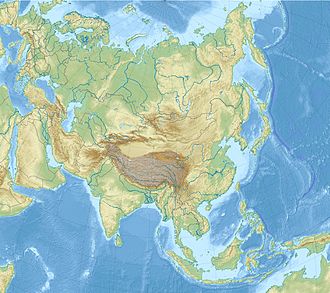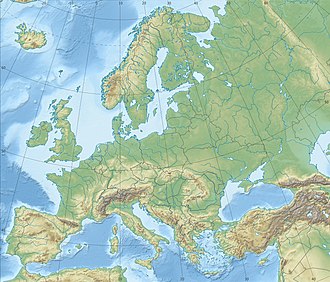Atlas of Bahá’í Houses of Worship

Bahá’í House of Worship is the central place of worship, or temple of the Bahá’í Faith. In Arabic a House of Worship is called a Mashriqu'l-Adhkár (Arabic: مشرق اﻻذكار) or "Dawning-place of the praise of God". This title applies technically to any place or group devoted to the worship of God. Houses of Worship are open to the public, and are exclusively reserved for worship, where sermons are prohibited and only scriptural readings may be read. Most Bahá’í meetings occur in local Bahá’í centres, individuals' homes, or rented facilities.[1][2]
As of 2023, thirteen Houses of Worship have been built around the world, including eight continental, one national and three local Houses of Worship. One House of Worship, that of 'Ishqabad (aka Ashgabat, Turkmenistan) was demolished in 1963, fifteen years after it suffered structural damage in a major earthquake. Bahá’í communities own many properties where Houses of Worship remain to be constructed as the Bahá’í community grows and develops further. Several Houses of Worship are currently under construction.
Overall[edit]
In the Kitáb-i-Aqdas, Bahá'u'lláh called on His followers to "[build] houses of worship throughout the lands..." dedicated to the praise of God.[3] ‘Abdu’l-Bahá encouraged the Bahá’ís to set aside a place as a Mashriqu’l-Adhkár, "even in every hamlet".[4] Apart from the House of Worship itself, the Mashriqu’l-Adhkár, reflecting the complementarity of worship and service, is meant to comprise "dependencies dedicated to social, humanitarian, educational, and scientific pursuits", such as schools, universities, hospitals, and hospices, among others.[5][6] In the future, it is expected that Bahá'í Houses of Worship will be constructed in every town and village.[5]
Continental, national, local[edit]

During His Ministry, ‘Abdu’l-Bahá oversaw the construction of the first House of Worship in 'Ishqabad, and broke the ground for the House of Worship in Wilmette, near Chicago, USA. Shoghi Effendi later called for the building of several large "Mother Temples" throughout the world, at least one in each continent.[7] The full list of these continental temples is as follows:
- Chicago (Wilmette), United States - Mother Temple of the West
- Kampala (Kikaya), Uganda - Mother Temple of Africa
- Sydney (Ingleside), Australia - Mother Temple of the Antipodes
- Frankfurt (Hofheim-Langenhain), Germany - Mother Temple of Europe
- Panama City (Cerro Sonsonate), Panama - Mother Temple of Latin America
- Apia (Tiapapata), Samoa - Mother Temple of the Pacific
- New Delhi (Bahapur), India - Mother Temple of the Indian Subcontinent
- Santiago (Peñalolen), Chile - Mother Temple of South America
In its Ridván message of 2012, the Universal House of Justice announced the establishment of several new Houses of Worship meant to serve certain local and national communities around the world. The first of these to be built was the Bahá’í House of Worship for Battambang, Cambodia, for which construction began in 2016, the same year the Santiago Temple was opened to the public. In 2023, the Universal House of Justice indicated that the establishment of more temples would be announced throughout the Nine-Year Plan, as Bahá’í communities around the world matured.
Temple lands[edit]
Houses of Worship are generally erected in or close to populated areas they are meant to serve. Most Houses of Worship have been built in rural or suburban areas; the now-destroyed House of Worship in ‘Ishqabád, on the other hand, was located in the centre of the city.[8]
Bahá'í communities around the world have purchased land set aside for the eventual construction of Houses of Worship, often referred to as temple land. Some of this land was purchased during the Ten Year Crusade as a goal of that plan. As of 1963, 46 cities had been chosen to host future Houses of Worship.[9]
On occasion, the building and maintenance of Houses of Worship is complicated by prevailing social or political conditions; the House of Worship in ‘Ishqabád, which was expropriated by Soviet authorities in 1938 and later damaged and destroyed, is perhaps the most well-known example.[8] Land for a House of Worship was purchased near the city of Tehran in the early 20th century, but the climate of persecution in Iran thwarted any plans to maintain or develop it. In Vietnam, where a large Bahá’í community had developed during the 1950s and 1960s, temple land was purchased north of Saigon in the early 1970s; unfortunately, the chaos surrounding the climax of the Vietnam War and the subsequent crackdown on religion after 1975 likewise thwarted these plans.
Africa[edit]
Americas[edit]
North and Central America[edit]
South America[edit]
Asia[edit]
Europe[edit]
Oceania[edit]
The Mother Temple of the Antipodes, located in Sydney (Ingleside), Australia, was the first to be raised in 1961. Over twenty years later in 1984, its sister temple, the Mother Temple of the Pacific in Apia (Tiapapata), Samoa, was dedicated. It would be forty years until the next two temples were raised: a local House of Worship for the island of Tanna, Vanuatu in 2021, and in 2024, a national House of Worship for Papua New Guinea in Port Moresby. As of 2024, Oceania was the region of the world with the most Bahá’í Houses of Worship, with four.
-
Sydney (Ingleside), Australia
-
Apia (Tiapapata), Samoa
-
Tanna, Vanuatu
-
Port Moresby, Papua New Guinea
Notes and references[edit]
|
General remarks
Notes
References
|










